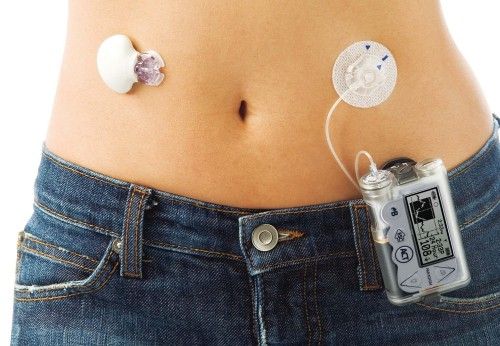Article
Diabetics Lack Backup Plans for Insulin Pump Problems
Author(s):
While insulin pumps immensely improve glycemic control, most type 1 diabetes patients who use them experience problems from time to time, and those mistakes or malfunctions can threaten their health.

Approximately 375,000 Americans with type 1 diabetes use insulin pumps. While the devices immensely improve glycemic control, most patients who use them experience problems from time to time, and those mistakes or malfunctions can threaten their health.
In a study published in the November-December 2013 issue of The Diabetes Educator, two diabetes educators from North Carolina who were interested in improving pump use among their clientele created a pump assessment questionnaire to focus discussions on each patient’s specific concerns and behaviors.
The researchers designed the questionnaire to evaluate patients’ understanding of or experience with pump operations, infusion set failure, acute complications, and advanced device features. They administered the assessment to 89 patients who received care at an endocrinology practice. Among the patients, 80% had type 1 diabetes, while the remainder had type 2 diabetes.
Once a patient completed the questionnaire, a diabetes educator reviewed it to identify the individual’s deficiencies and training needs.
Examining all patients’ answers, the assessment identified several common areas of deficiency, including:
- The majority of patients had no basal insulin prescription (83%) or insulin syringes (68%) to use if the pump failed or was removed. Those who had insulin available often reported it had expired.
- 72% of patients often lacked a mupirocin prescription to fill when they suspected site infections.
- More than half of patients (56%) did not check their urine ketones routinely.
- About half of patients (52%) had no antiemetic prescription for a sick day intervention.
- 51% of patients used manual boluses instead of using a bolus calculator.
- Less than half of patients (44%) had no in-date glucagon kit, and 42% had no temporary pump removal guidelines.
In addition to those findings, the researchers identified 15 other problems that occurred in more than 20% of patients.
The results of the study indicated focal points for patient education and areas of improvement for office staff, such as reminding patients to check their insulin and syringe supply.




